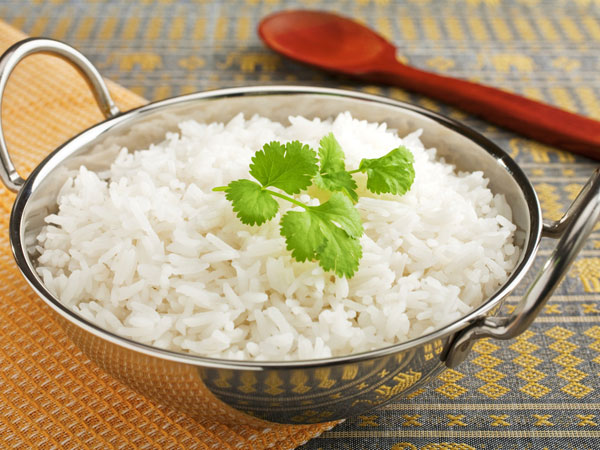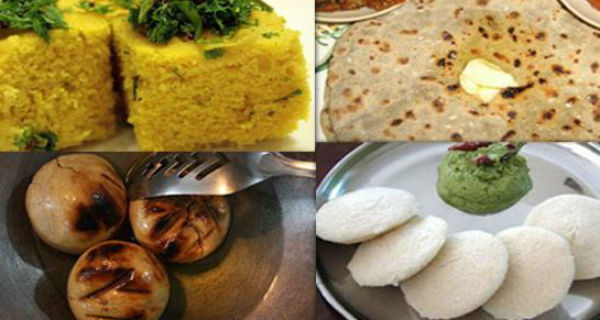In the off chance I haven’t mentioned it before, rice is a huge part of the Indian culinary experience, to the point that most Indians consume it on a daily basis. As I’m sure you know, rice is a healthy food, but India actually has a wide variety to types, all of which with they’re own set of benefits.
First off is white rice, the one I’m sure we’re all most familiar with! This type is the easiest to digest and provides a wealth of energy after consumption. Keeping with the digestive theme, it also aids in relieving digestive problems, such as diarrhea, dysentery, colitis or even morning sickness!
As far as health goes, brown rice is arguably the best there is for you. It has countless benefits to help you lose wait and stay active, and is a great source of fibre while having less starch and calories. Additionally, the oil in it can help you lower you bad cholesterol. Just to name a few more things, it can lower you risk of diabetes, metabolic syndrome and childhood asthma, is a good source of manganese, selenium and phytonutrients and even aids your cardiovascular system!
Third we have red rice, and although this isn’t everyone’s favorite it can keep you at normal levels of iron in your blood, as well regulating your blood sugar and insulin. Additionally, it has vitamin B6, which you need to balance the formation of serotonin and red blood cells. Not only that, but it can also aid the creation of DNA cells.
Next off we have sticky rice. The primary health benefits for this one are its supporting of the immune system and promoting of healthy brain function. Not only that, but the copper that sticky rice contains keeps your connective tissue strong as well!
Parboiled rice is especially helpful for diabetics. Just a single cup of it provides 2 to 3 percent of the recommended daily intake of potassium, magnesium, iron and calcium.
Sixth we have black rice, which is most beneficial to those struggling with Alzheimer’s. This is in part because the antioxidant and anti-inflammatory properties of it are higher than any other kind of rice in India.
Next is basmati rice, which has about 20% more fibre than other types of Indian rices. Not only that, but it also has a medium to low gycaemic index, which means the energy it releases comes out slow and steady, giving off a more balanced level of energy.
Lastly we have Jasmine rice. Of everything it does for you, it’s best known for its vast amount of amino acids, which help to lessen the muscle pain in your body.
For a continued reading on the matter, click here to view Bold Sky’s article on the matter.

